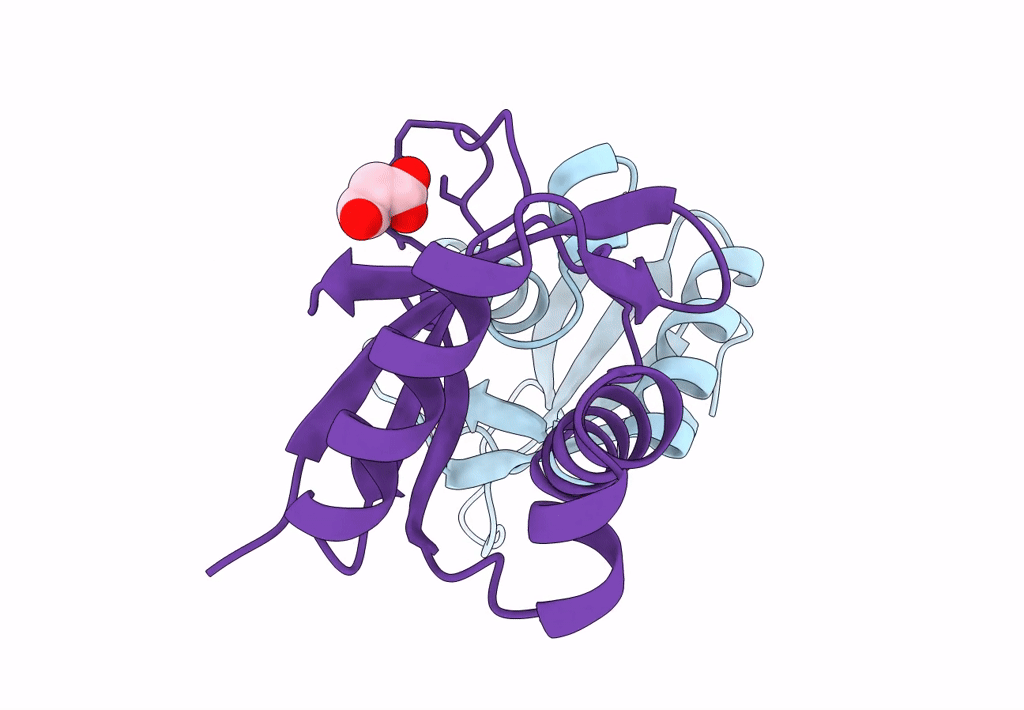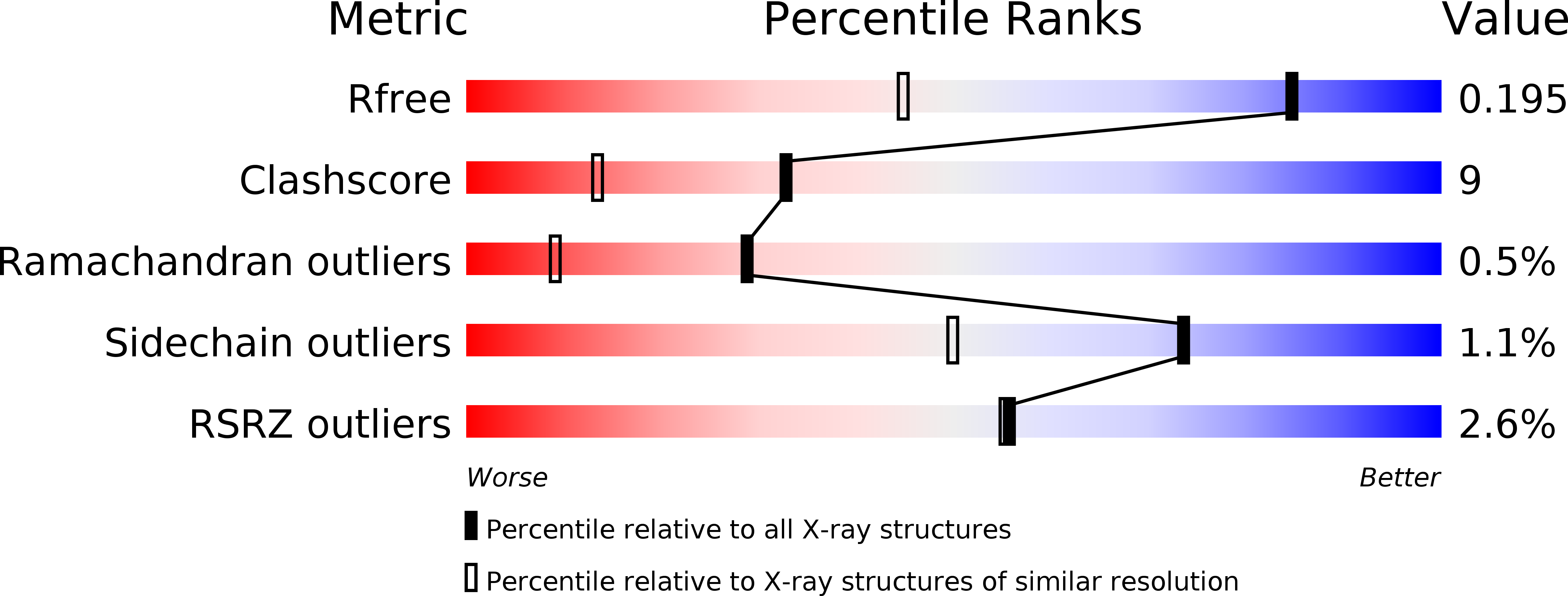
Deposition Date
2008-12-22
Release Date
2009-01-27
Last Version Date
2024-10-23
Entry Detail
PDB ID:
2W7A
Keywords:
Title:
Structure of the human LINE-1 ORF1p central domain
Biological Source:
Source Organism:
HOMO SAPIENS (Taxon ID: 9606)
Host Organism:
Method Details:
Experimental Method:
Resolution:
1.40 Å
R-Value Free:
0.18
R-Value Work:
0.13
R-Value Observed:
0.13
Space Group:
P 1 21 1


